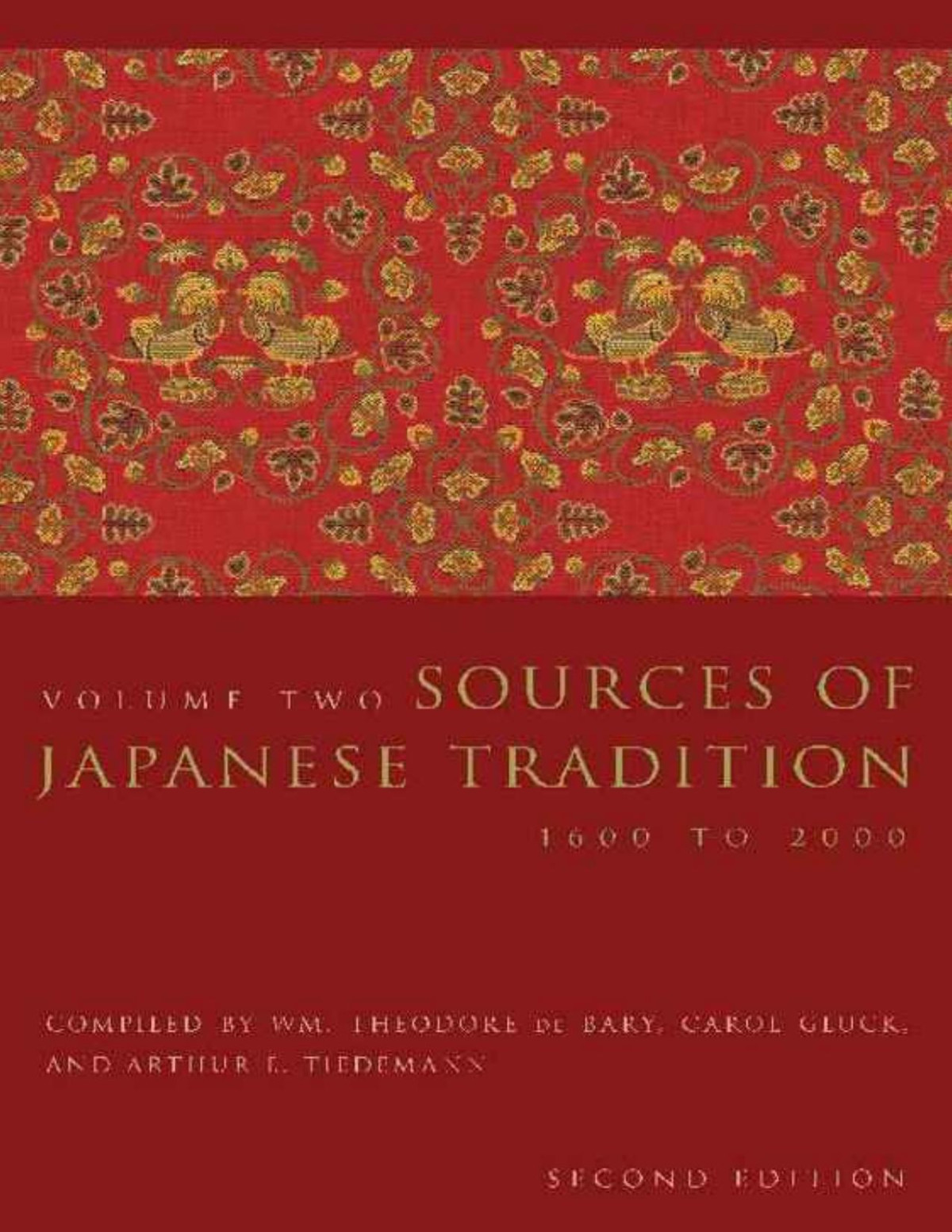

Most ebook files are in PDF format, so you can easily read them using various software such as Foxit Reader or directly on the Google Chrome browser.
Some ebook files are released by publishers in other formats such as .awz, .mobi, .epub, .fb2, etc. You may need to install specific software to read these formats on mobile/PC, such as Calibre.
Please read the tutorial at this link: https://ebookbell.com/faq
We offer FREE conversion to the popular formats you request; however, this may take some time. Therefore, right after payment, please email us, and we will try to provide the service as quickly as possible.
For some exceptional file formats or broken links (if any), please refrain from opening any disputes. Instead, email us first, and we will try to assist within a maximum of 6 hours.
EbookBell Team

4.8
64 reviewsand the vowels as in Italian. There are no silent letters. The name Abe, for instance, is
pronounced ‘‘Ah-bay.’’ The long vowels ō and ū are indicated except in the names of cities
already well known in the West, such as Tokyo and Kyoto, and in the words familiar enough to
be included in Webster’s Collegiate Dictionary. All romanized terms have been standardized
according to the Hepburn system. Chinese philosophical terms used in Japanese texts are given
in their Japanese readings (e.g., ri instead of li for ‘‘principle,’’ ‘‘reason’’) except where
attention is specifically drawn to the Chinese original, in which case the pin-yin system is
followed. Sanskrit words appearing in italics follow the standard system of transliteration found
in Louis Renou’s Grammair sanskrite (Paris: Adrien-Maisoneuve, 1930), pp. xi–xiii. Sanskrit
terms and names appearing in roman letters follow Webster’s New International Dictionary,
second edition unabridged, except that a macron is used to indicate long vowels and the Sanskrit
symbols for ś (ç) are uniformly transcribed as sh in the text itself. Personal names also are
spelled in this manner except when they occur in the titles of works.
Japanese names are given in their Japanese order, with the family name first and the personal
name last. The dates given after personal names are those of birth and death except in the case of
rulers, whose reign dates are preceded by ‘‘r.’’ Generally, the name by which a person was most
commonly known in Japanese tradition is the one used in the text. Since this book is intended for
general readers rather than specialists, we have not burdened the text with the alternative names
or titles usually accompanying biographical references to a scholar that are found in Chinese or
Japanese historical works. For the same reason, the sources of translations given at the end of
each selection are as concise as
…